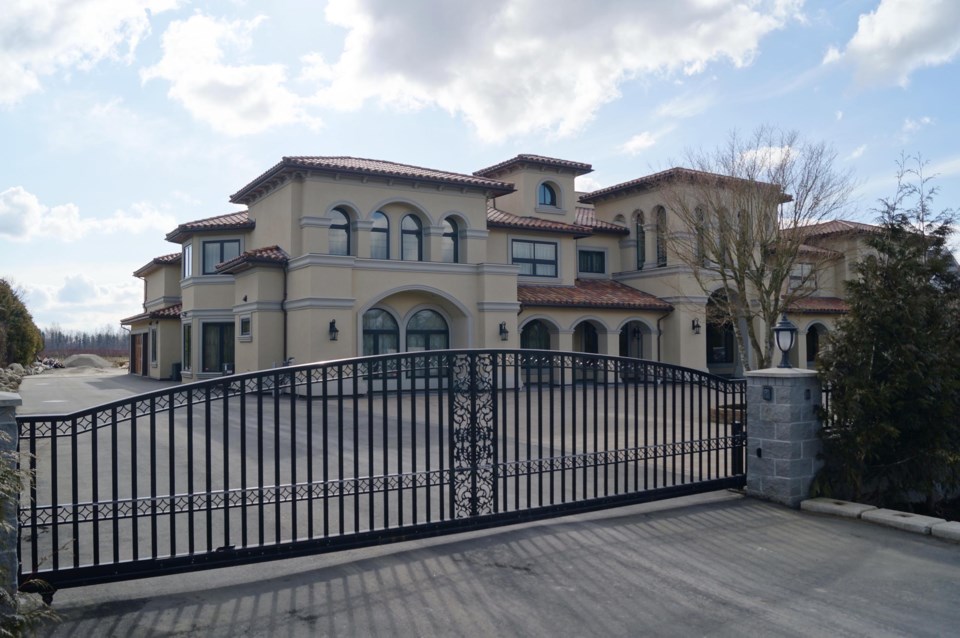Dear Editor,
Re: “Farmhouse saga ends with ‘compromise,’” News, May 19.
Mayor Malcolm Brodie styled the new bylaw restricting house size on ALR farmland to 10,763-square-feet as a “compromise,” which begs the question, what is this compromise based on?
In April, after extensive research and public consultation, Richmond city staff recommended a maximum of 5,382-square-feet, consistent with the Agricultural Land Commission’s guideline and the majority of Richmond survey respondents.
Then the farming lobby intervened.
The city’s Agricultural Advisory Committee, which is compromised almost entirely of Richmond farm owners who have a huge financial interest in the size limitations on houses, recommended 12,387-square-feet.
Its rationale was simply that this size is consistent with the “current average” of approved building permits, an average that has offended so many citizens.
It made no attempt to relate its recommendation to the actual needs of the farming community, most likely because no working farm actually needs a 12,387-square-foot farmhouse.
The Richmond Farmers’ Institute, which is also controlled by Richmond farmers (many of whom are also members of the agricultural advisory committee) also recommended a maximum size “consistent with recent house sizes” on farmland, which it set at a slightly more modest 10,763-square-feet.
Although this figure is exactly twice the size recommended by city staff, twice the size endorsed by the ALC and the majority of survey respondents, and two and half times the optimal size calculated by Site Economics (a private consultant hired by the city), Brodie deemed it a “compromise.”
He noted that some homes built on Richmond farmland have been as large as 23,000-square-feet.
“What we’re doing is at least cutting in half the size of homes that we’re allowing,” he said, referring to the monstrosity at No. 4 Road and Steveston Highway that local residents are now derisively referring to as “Brodie’s Bungalow.”
This is a neat but disingenuous manoeuvre: allow unbridled speculation, then take the most objectionable house size that ensues as the starting point for your “compromise.”
Sadly, six other councillors concurred and shot down a more genuine compromise motion of 7,500-square-feet proposed by councillors Carol Day and Harold Steves.
Their only concession was an agreement to review the bylaw in six months.
Judging by the flood of mega-home applications pouring into city hall, this will be another case of too little, too late.
David Baines
Richmond



